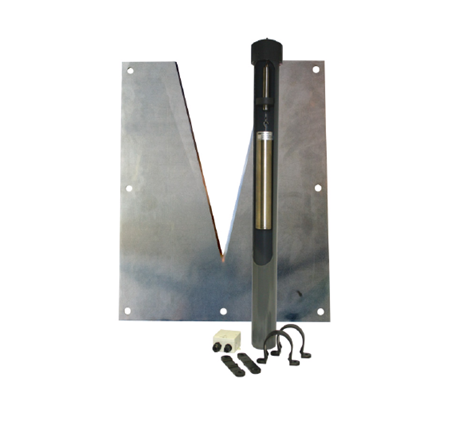
Figure 1. V-Notch Weir and Precision Water Level Meter
1. Introduction
Soil Instruments V-Notch Weir and Precision Water Level Meter (PWLM) are used to measure flow in l/s by first measuring the head of water above the base of the 'V' in the V-Notch Plate. As the water level changes, the changing buoyancy force on the cylinder acts directly on a vibrating transducer.
This knowledgebase explains how to take the initial base reading during the installation process.
2. Taking the base reading
2. Taking the base reading
After installing the PWLM into the stilling well the seal screw should be removed from the moisture trap.
The trap should be positioned in a dry
environment away from the stream or weir. The installation zero reading
should now be taken and recorded for later use in data reduction.
It is
advisable to test the PWLM by raising the cap a few centimetres and
recording the change in reading and then calculating the change in
engineering units.
This will ensure that you are aware of the direction
of change of the engineering units, raising the cap simulates a drop in
water level.
If the base reading was not taken before the PWLM was entered into the water.
Take the earliest flow rate you have read, and then find out what
this flow rate is in mm.
This
can be done by looking it up on a graph similar to the one supplied in
the back of our Manual MAN152.
The graph will need to relate to the
V-Notch plate used, 90° 53° 28° etc.
Once
you have the height in mm find the reading from the datalogger which
was recorded at the exact same time the flow rate was recorded.
Then
remove the mm level from the reading to find you logger base reading
when the flow and level was zero.
This will only provide an accurate base reading providing you have the exact time this flow was recorded and can compare this with a reading recorded on the datalogger.
You can back calculate the flow reading,
subtract this from the logger reading and you will have your base
reading allowing you to calculate total flow.
